Paleolithic Diet:
Jump To:
The raw food diet or paleolithic diet or raw foodism is the basic principle of consuming foods in a raw state. It helps your digestive system and alleviates acidity, constipation. In effect, you can retain all nutrients and increase their absorption. Unlike foods heated above 112-degree Fahrenheit usually destroys essential nutrients and enzymes. Check out more on how a raw food diet helps weight loss and steps to add to your diet gradually according to your metabolism.
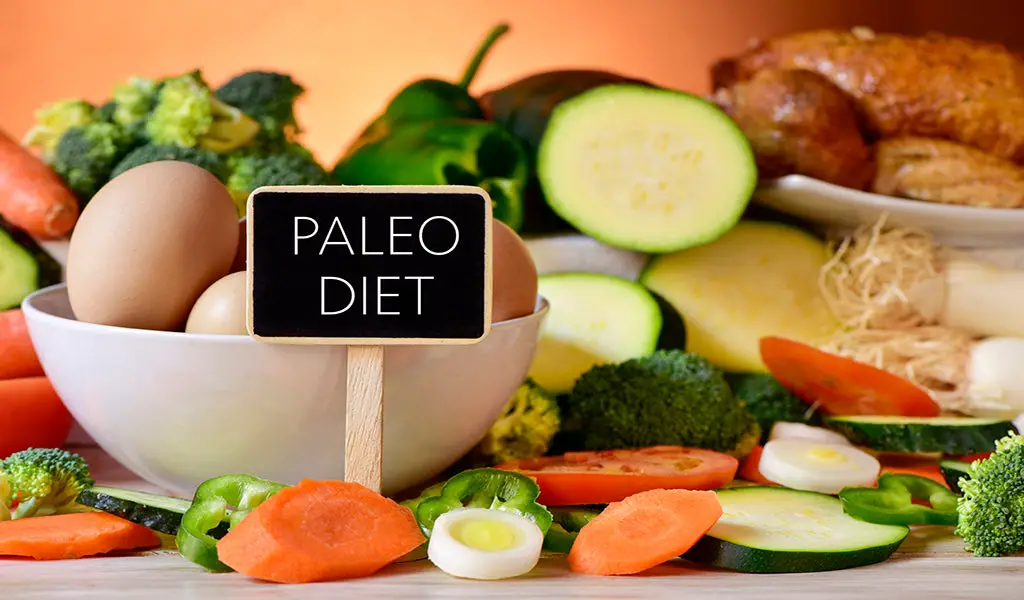
The increasing prevalence of many diseases around the globe and the urge to shed kilos faster and stay healthier quicker than ever has resulted in the spike in many dietary habits, interventions. There are just so many diet plans currently devised that it seems like each is in fierce competition to be promoted and adopted. One such diet is the Raw Food Diet. As the name suggests, a Raw Food Diet is a diet that encourages the consumption of raw foods. The food is uncooked, unprocessed, and organic. The food temperature is usually cold, room temperature, or even a little warm. Although this diet has its share of benefits, let’s find out if it is a sustainable lifestyle routine.
Raw Food List:
Plenty of fruits, vegetables, sprouts, nuts, and seeds. Many also have unpasteurized milk, raw eggs, cold cut meats, and fish.
Raw Food Diet Benefits:
- Eating colorful fruits and vegetables can increase the body’s total antioxidant capacity.
- It increases the ability to fight infections and boosts immunity.
- May enhance digestion and absorption of nutrients.
- May control blood pressure and lower abnormal lipid levels.
- Promotes weight loss
Cons Of The Diet
- Nutrient deficiencies may occur, especially protein, calcium, iron, vitamin B12, etc.
- Cooking can make the food easier to digest, which is essential for the elderly and children.
- It is not recommended for any ailing condition.
- It is not customized.
- No calorie counting.
Raw Food Recipes:
There is no reason to be afraid of including healthy fats in your diet. This includes raw nuts and seeds like almonds, pine nuts, sunflower seeds, sesame seeds, flax seeds, and avocados. Most raw foodists enjoy the taste of high-fat foods (because fat carries flavor), whether served plain (avocado) or in simple combinations. That is why restaurants use so much butter and oil — they care only about enhancing taste and have no concern for your health. So enjoy both the flavor and the health benefits of this selection.
1. Pomodoro sauce:
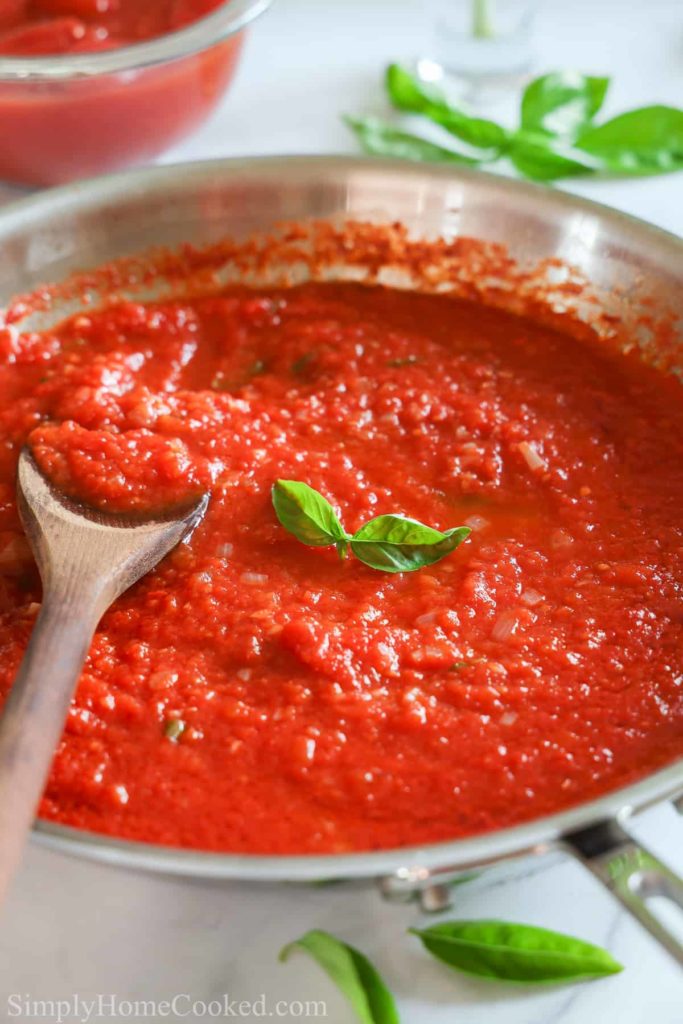
Ingredients:
- Tomatoes, evenly diced into inch cubes 4 to 6
- Fresh basil slivers 1 cup
- Pinch of tomato powder seasoning
- Additional fresh basil to taste
Method:
In a colander, place the tomatoes and basil. Drain for at least two to three hours. For best results, drain all day (not in the refrigerator). The tomato juice got from the draining is delicious. The sauce will be ready to use as it is. Add the additional basil.
2. Sunflower rolls:
Ingredients:
- Tomato chopped 1
- Germinated sunflower seeds 2-1/2 cups (Soaked for eight to 12 hours and then sprouted for a day)
- Juice of 1 lemon
- Dulse flakes 1 tsp
- One small Zucchini or yellow
- summer squash, diced
- Scallion diced 1 cup
- Romaine lettuce leaves or other broad leaves from the garden.
Method:
Liquefy the tomato in a blender. Add the sunflower sprouts, lemon juice, and dulse flakes, and blend on medium speed until smooth. Pour into a bowl and mix in the remaining ingredients. Spoon the mixture onto the lettuce leaves, roll them up, and serve. Pierce the rolls with toothpicks to hold them together.
3. Sofrito dressing or soup (Serves two):
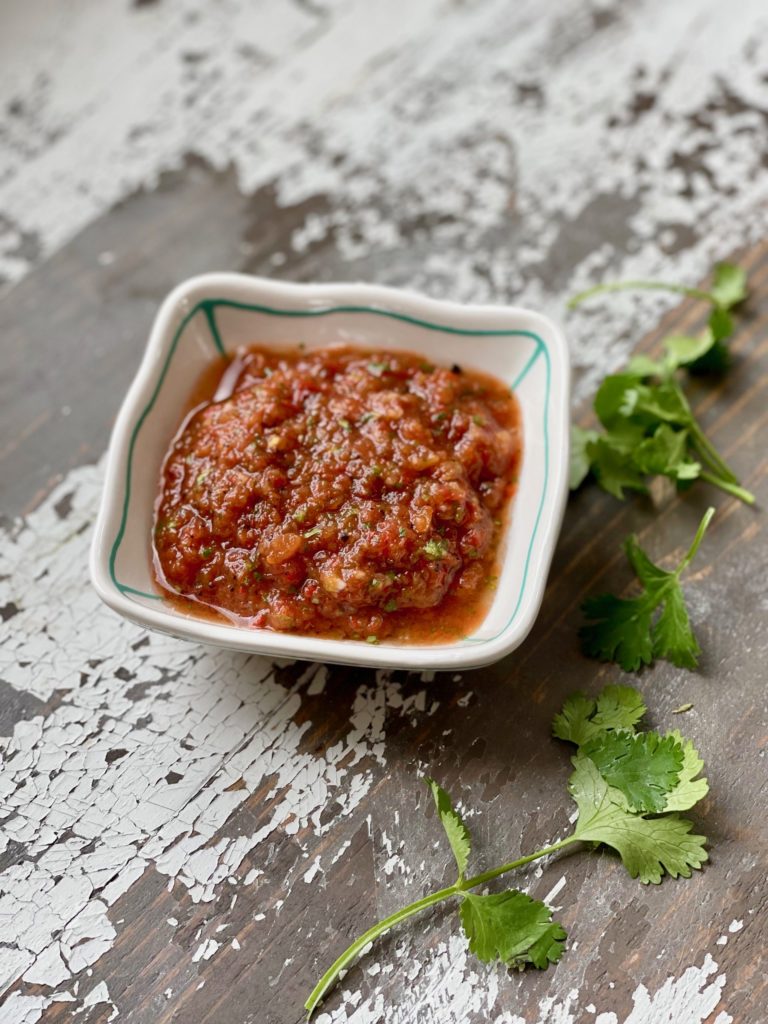
Ingredients:
- Crushed tomatoes 2 cups
- Garlic 1 clove chopped
- Chopped onion 2 tbsps
- Chopped parsley 2 tbsps
- Ground cumin 1 tsp
- Pepper to taste
Method:
Combine the crushed tomatoes, garlic, onion, parsley, cumin, and pepper in a blender or food processor. Blend thoroughly if for a smooth dressing and briefly if for soup. You will need roughly five medium-sized fresh tomatoes. Place them in a blender or food processor and pulse briefly to crush the tomatoes.
4. Sunflower seed milk:
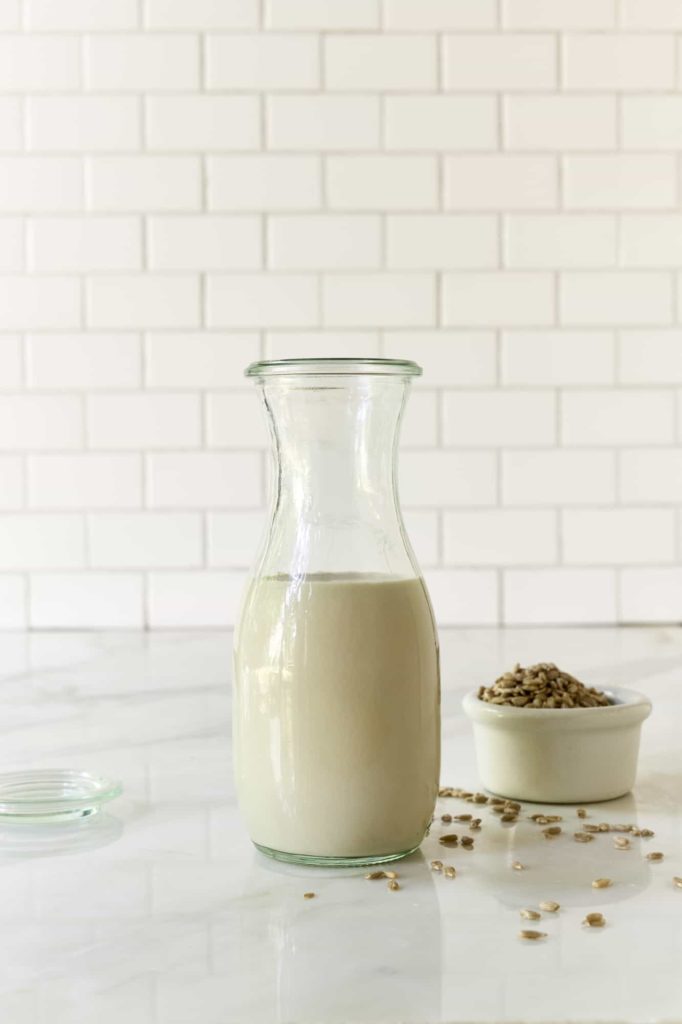
Ingredients:
- Hulled sunflower seeds (soaked for 12 hours, sprouted for 24 to 36 hours, and rinsed several times) 1 cup
- Banana (2-inch piece),
- 1 tbsp raw honey or 2 dates
- A handful of fresh basil
- Water
Method:
Place all the ingredients in a blender, starting with 1 cup of water and adding more water after 1 minute to desired consistency. Serve at room temperature or chilled.
5. Stuffed pepperonis:
Ingredients:
- Red and yellow bell peppers
- Fresh tomato (or substitute zucchinis)
- Avocados
- Celery
- Whole leaf dulse handful
- Onion or garlic (optional)
Method:
Core out the bell peppers. Soak and rinse the dulse, then squeeze out the water. Process the tomato, celery, dulse, and onion or garlic in a food processor or finely chop in a wooden bowl. Halve and pit the avocado, then scoop out the flesh into a mixing bowl. Add the processed or chopped ingredients to the avocado and mix. Stuff the bell peppers with the mixture and enjoy.
6. Almond Milk:
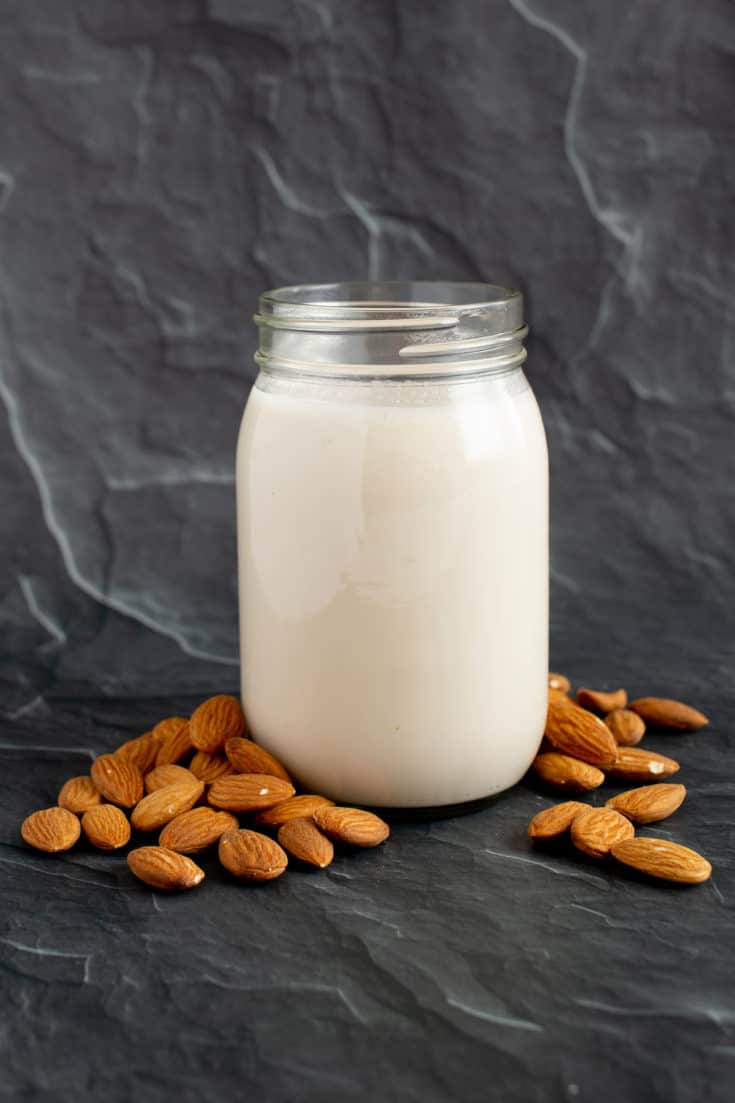
Ingredients:
- Raw almonds, soaked overnight and rinsed 1 cup
- Coldwater 2 cups
- Skinned date 1
- Raw carob powder to taste (optional)
Method:
Finely grind the almonds in a blender. Add 1 cup of water and the date to the blender, blending for 1 minute. Slowly add the remaining water, blending for 1 minute. Add carob powder to taste (optional). Strain the mixture and serve immediately.
7. Creamy Italian dressing:
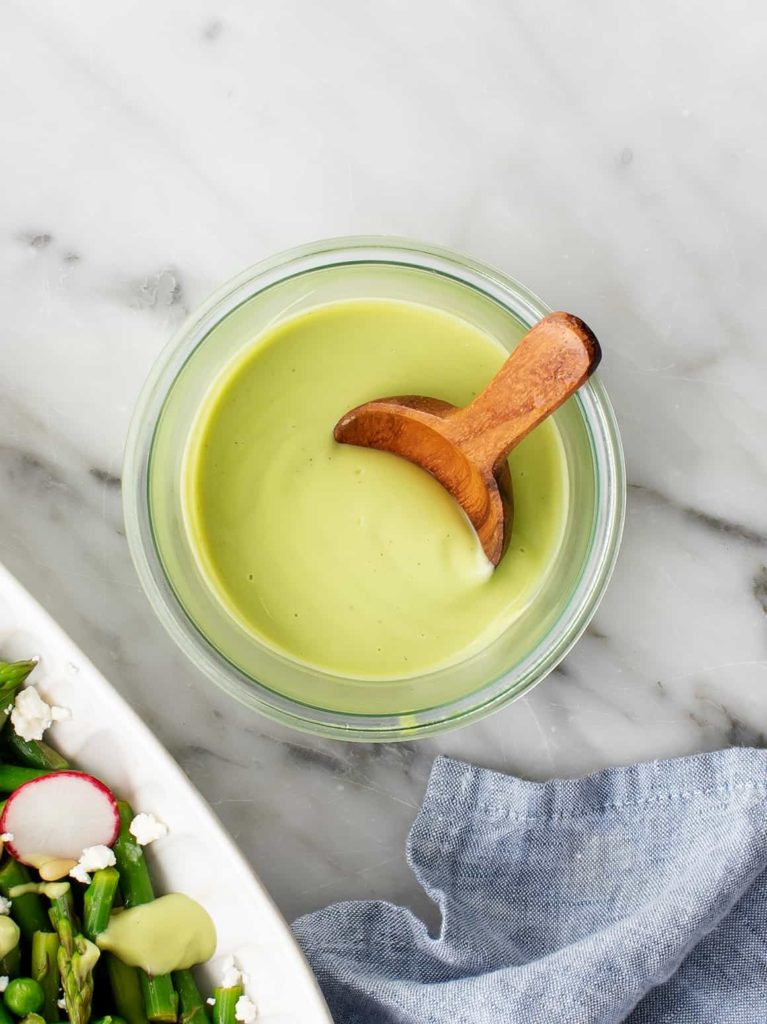
Ingredients:
- Lemon juice 1/8 cup
- Slice of leek, chopped 1 inch
- Tomato quartered 1
- Minced fresh oregano 1tsp
- Red or yellow bell pepper, cored and quartered 1
- Avocado small 1
Method:
Place all ingredients in a blender and blend until smooth.
Although the Raw Food Diet has some advantages, these can also be attained by any regular plan that includes all food groups in balanced quantities. Therefore, it is of utmost importance to seek the advice of a qualified nutritionist to understand your needs and requirements.
What can I eat on a raw food diet?
How to Follow the Raw Food Diet
- All fresh fruits.
- All raw vegetables.
- Raw nuts and seeds.
- Raw grains and legumes, sprouted or soaked.
- Dried fruits and meats.
- Nut milks.
- Raw nut butters.
- Cold-pressed olive and coconut oils.
What is the healthiest raw food?
The following foods are suitable for most raw food diets:
- raw fruits and raw vegetables.
- dried fruits and vegetables.
- freshly made fruit and vegetable juices.
- soaked and sprouted beans, other legumes, and grains.
- raw nuts and seeds.
- raw nut butters, such as peanut butter and almond butter.
- nut milks, including almond milk.
How do I start a raw food diet?
Is it good to be on raw food?
Fresh, raw foods are a valuable part of a healthy diet. However, it is possible to have too much of a good thing. Cooking is important to make certain foods and nutrients more digestible. A completely or even mostly raw diet is likely to cause weight loss but also makes it difficult to meet your nutritional needs.
Which vegetables are best eaten raw?
Vegetables that are rich in vitamin C, like broccoli, spinach, and lettuce, are among some of the healthiest vegetables to eat raw, since cooking can significantly destroy the vitamin C content.
Vitamin C-rich vegetables to eat raw include: Brussels sprouts. Kale. Broccoli. Lettuce. Green beans. Snow peas.
Which vegetables can eat raw?
Here are vegetables to try uncooked:
- Parsnips. Similar to carrots, raw parsnips are sweet and snappy.
- Brussels Sprouts. If you’re Brussels sprouts averse, give them a try raw.
- Sunchokes.
- Corn.
- Beets.
- Asparagus.
- Bok Choy.
- Kohlrabi.
Can you lose weight by eating raw food?
Does It Work? You’ll probably lose weight on this diet, since most of its foods are low in calories, fat, and sodium, and high in fiber. One study found that people who followed a raw foods diet lost a significant amount of weight. You’ll also get nutritional perks.
What meat can be eaten raw?
Beef is in most cases safe to eat raw, as long as you sear the surface of the meat. This is because, on whole cuts of beef, bacterial contamination (such as E. coli) is usually only present on the outside.
What happens if you only eat raw vegetables?
Apart from essential macronutrients, fruits and vegetables lack other important nutrients like calcium, zinc, and omega-3 and omega-6 fats. Since raw foods are high in fiber, such a diet might lead to a fiber overdose, that might lead to gas or bloating.
Which grains can be eaten raw?
You can eat raw grains like oats, amaranth, millet, barley, buckwheat and kamut; typically by soaking and sprouting them first. That can make them easier for your body to digest and absorb their nutrients.
How do you eat raw till 4?
Raw Till 4, in essence, is exactly that. Only raw food until 4 pm – seems easy enough. However, there then follow certain principles; the key ones being drinking 3-4 liters of water a day, no caffeine, 1,000 calories of raw fruit or vegetables for both breakfast and lunch, no oil, and daily exercise.
Can raw vegans eat oats?
Overnight oats While typical breakfast standbys like eggs, pancakes, and even plain toast are eliminated on a raw vegan diet, there are still some options for morning meals on the plan. Oats can be prepared raw by soaking them overnight in water or a milk substitute like almond or oat milk.
Are bananas considered a raw fruit?
The top 10 raw foods related to better mental health were carrots, bananas, apples, dark leafy greens like spinach, grapefruit, lettuce, citrus fruits, fresh berries, cucumber, and kiwifruit.
Do raw vegans eat rice?
The raw vegan diet permits whole grains, such as quinoa, buckwheat, and wild rice, if they are sprouted or germinated.
Can you eat raw potatoes?
Raw potatoes are more likely to cause digestive issues and may contain more antinutrients and harmful compounds. Yet, they’re higher in vitamin C and resistant starch, which may provide powerful health benefits. In truth, both raw and cooked potatoes can be enjoyed in moderation as part of a healthy diet.
